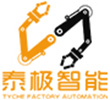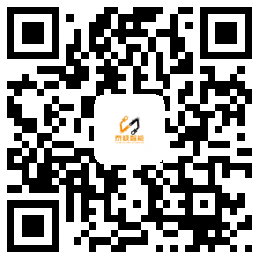Industrial robot is composed of three basic parts: main body, drive system and control system. The main body is the base and the actuator, including the arm, wrist and hand. Some robots also have a walking mechanism.
Most industrial robots have 3-6 degrees of freedom of motion, and the wrist usually has 1-3 degrees of freedom of motion; The drive system comprises a power device and a transmission mechanism, which are used to make the actuator produce corresponding actions; The control system sends command signals to the drive system and the actuator according to the input program and controls them.
Industrial robots are divided into four types according to the motion form of the arm. The arm of rectangular coordinate type can move along three rectangular coordinates; The cylindrical coordinate type arm can be used for lifting, turning and telescoping; The arm of spherical coordinate type can rotate, pitch and stretch; The articulated arm has a plurality of rotation joints.
Industrial robots can also be divided into point type and continuous track type according to the control function of the motion of the actuator. Point type only controls execution.
The accurate positioning of the mechanism from one point to another is suitable for loading and unloading of machine tools, spot welding, general handling, loading and unloading, etc; The continuous track type can control the actuator to move according to the given track, which is suitable for continuous welding, painting and other operations.
Industrial robots can be divided into two types according to program input mode: programming input type and teaching input type. The programming input type is to transmit the programmed operation program file on the computer to the robot control cabinet through RS232 serial port or Ethernet and other communication methods.
There are two teaching methods of teaching input type: one is that the operator uses a manual controller (teaching control box) to transmit the command signal to the drive system, so that the actuator can perform once according to the required action sequence and motion track; The other is that the operator directly leads the actuator, and drills it once according to the required action sequence and motion track.
At the same time of the teaching process, the information of the working program is automatically stored in the program memory. When the robot works automatically, the control system picks out the corresponding information from the program memory and transmits the command signal to the drive mechanism, so that the actuator can reproduce various actions of the teaching. The industrial robot of teaching input program is called teaching reappearance industrial robot.
Industrial robots with tactile, force or simple vision can work in more complex environments; If it has the recognition function or further increases the adaptive and self-learning functions, it will become an intelligent industrial robot. It can adapt itself to the environment according to the "macro instructions" given by people or self programming, and automatically complete more complex work.


